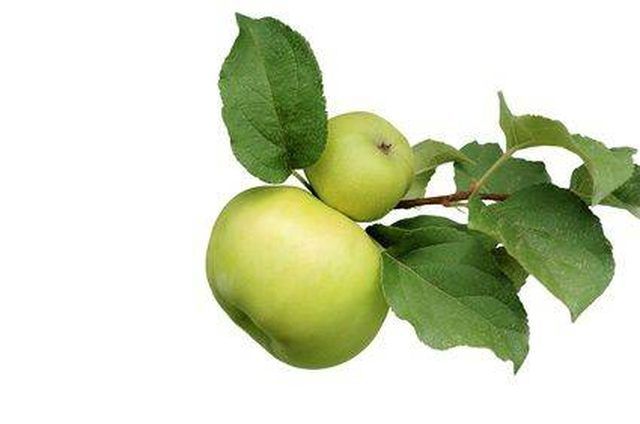Bulbs
Flower Basics
Flower Beds & Specialty Gardens
Flower Garden
Garden Furniture
Garden Gnomes
Garden Seeds
Garden Sheds
Garden Statues
Garden Tools & Supplies
Gardening Basics
Green & Organic
Groundcovers & Vines
Growing Annuals
Growing Basil
Growing Beans
Growing Berries
Growing Blueberries
Growing Cactus
Growing Corn
Growing Cotton
Growing Edibles
Growing Flowers
Growing Garlic
Growing Grapes
Growing Grass
Growing Herbs
Growing Jasmine
Growing Mint
Growing Mushrooms
Orchids
Growing Peanuts
Growing Perennials
Growing Plants
Growing Rosemary
Growing Roses
Growing Strawberries
Growing Sunflowers
Growing Thyme
Growing Tomatoes
Growing Tulips
Growing Vegetables
Herb Basics
Herb Garden
Indoor Growing
Landscaping Basics
Landscaping Patios
Landscaping Plants
Landscaping Shrubs
Landscaping Trees
Landscaping Walks & Pathways
Lawn Basics
Lawn Maintenance
Lawn Mowers
Lawn Ornaments
Lawn Planting
Lawn Tools
Outdoor Growing
Overall Landscape Planning
Pests, Weeds & Problems
Plant Basics
Rock Garden
Rose Garden
Shrubs
Soil
Specialty Gardens
Trees
Vegetable Garden
Yard Maintenance
Facts About Grany Smith Apple Trees
Facts About Grany Smith Apple Trees. A Granny Smith apple tree produces apples that are quite tart. Apples grown on a Granny Smith apple tree are different from most other types of apples because Granny Smith apples always stay green and do not change color to indicate ripening. Granny Smith apple trees are quite easy to grow and are not overly...

A Granny Smith apple tree produces apples that are quite tart. Apples grown on a Granny Smith apple tree are different from most other types of apples because Granny Smith apples always stay green and do not change color to indicate ripening. Granny Smith apple trees are quite easy to grow and are not overly susceptible to disease or infestation.
History
The Granny Smith apple tree is native to Australia. The Granny Smith apple tree dates back to 1868 to a chance seedling that was discovered by a woman named Maria Ann Smith. This is the origin of the Granny Smith name. A chance seedling is a term that defines a plant species was discovered by chance. It is thought that the Granny Smith seed is a descendant of the European Wild Apple tree.
Uses of Apples
Granny Smith apples are considered all-purpose apples. They have an even green skin and have crisp and firm flesh. Granny Smith apples are eating apples as well as cooking and baking apples. Granny Smith apples can be made into applesauce, apple pies, and many other apple cobblers and cakes. Granny Smith apples are also desirable for their long shelf life. They will stay crisp for much longer than other varieties of apples.
Bearing Fruit
Granny Smith apple trees are not of the self pollinating variety. In order to grow Granny Smith apple trees, an additional apple tree of another kind must also be grown within close proximity to the Granny Smith tree to enable pollination and fruit production in the Granny Smith tree. Some recommended pollinator apple trees include Golden Delicious, Gala, and Fuji apple trees. A nearby pollinator tree that is fertile will enable the Granny Smith apple tree to bear Granny Smith apples.
Proper Care
Granny Smith apple trees can be successfully grown in zones six, seven, and eight. They must have at least six hours of sunlight each day. To encourage the most fruit production, a Granny Smith apple tree must be pruned regularly for proper branching. When the Granny Smith apple tree is pruned in this way, it will be healthier, will have stronger limbs, and will bear more fruit earlier in the season. Granny Smith apple trees that are pruned properly can live more than 50 years.
Establishment
The Granny Smith apple tree is able to grow in many different types of soil. These apple trees are considered one of the fastest growing apple trees. After the initial season for proper establishment of the tree, the apples from a Granny Smith apple tree can be harvested. The Granny Smith apples are usually ready to be picked by November and these apples will stay fresh and flavorful into the next spring.